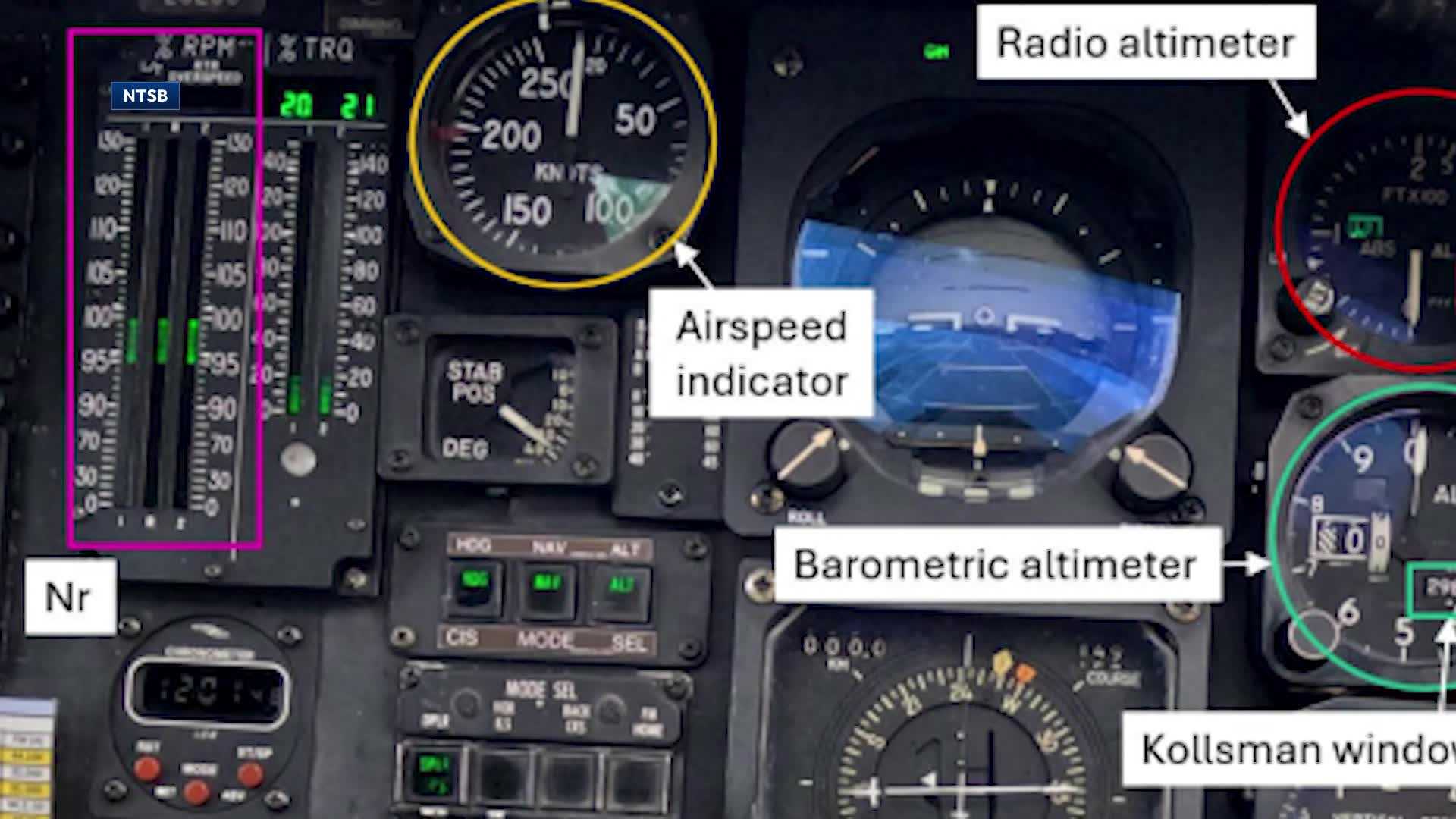The National Transportation Safety Board (NTSB) has commenced a critical three-day hearing in Washington, D.C., launching a deep NTSB investigation into the devastating midair collision between a U.S. Army Black Hawk helicopter and a commercial regional jet. This tragic incident, which occurred in January and claimed 67 lives, has brought to the forefront urgent questions regarding aviation safety protocols and the reliability of essential flight instrumentation.
The hearing began with chilling video footage depicting the moments leading up to the aircraft collision, setting a somber tone for the proceedings. NTSB investigators meticulously questioned representatives from both the U.S. Army and the Federal Aviation Administration (FAA), alongside a panel of expert witnesses, seeking comprehensive answers regarding operational procedures and potential systemic failures. This initial session underscored the gravity of the inquiry and the widespread public demand for accountability.
Following the morning session, NTSB Chair Jennifer Homendy openly expressed her profound frustration with the responses received from the involved parties. Her dissatisfaction highlighted a perceived lack of concrete action plans to address the issues unearthed during the preliminary stages of the NTSB investigation, signaling the board’s unwavering commitment to uncovering the full truth and ensuring preventative measures are implemented.
A significant focus of Wednesday morning’s proceedings zeroed in on a critical altimeter discrepancy observed in the Black Hawk helicopter. Investigators presented compelling evidence revealing an 80 to 100-foot difference between the pilot’s altimeter readings and the aircraft’s flight data recorder, raising immediate alarms about the accuracy of navigational equipment vital for safe air travel.
Further compounding these concerns, the NTSB disclosed that separate tests conducted on three other military helicopter models from the same unit revealed similar inconsistencies in their altimeter systems. Scott Rosengren from the U.S. Army acknowledged these findings, explaining that such variances are “expected errors of an altimeter’s system,” suggesting that aircrews are trained to anticipate a “plus or minus a hundred feet or so” tolerance in their readings.
However, NTSB board members vociferously challenged the acceptability of such a tolerance, particularly within crowded airspace environments. Board member J. Todd Inman emphatically stated, “You just told me, I believe, all these equipment and manufacturing processes are within the tolerances for safety. How much is that tolerance? I think it should be zero.” This direct confrontation underscored the stark difference in perspectives regarding acceptable safety margins.
In a candid moment, Rosengren revealed that “if he was king for a day,” his immediate action would be to retire all older Black Hawk models, including the one involved in the fatal crash. He advocated for their swift replacement with newer versions equipped with significantly more accurate altimeters, emphasizing the technological advancements available to enhance flight precision and prevent future tragedies.
The hearing is scheduled to continue with in-depth discussions focusing on the complex airspace control around Ronald Reagan Washington National Airport and the specific flight path utilized by the helicopter. These critical analyses aim to determine if existing regulations and flight corridors contribute to heightened risks in densely trafficked aerial zones.
Both Chair Homendy and Army officials voiced profound concerns regarding the less than 500-foot separation observed in certain flight scenarios. Rosengren articulated this worry, stating, “The fact that we have less than 500-foot separation is a concern for me,” underscoring the ongoing challenges in ensuring adequate buffer zones for aircraft operating in close proximity, a pivotal aspect of overall aviation safety.






Leave a Reply